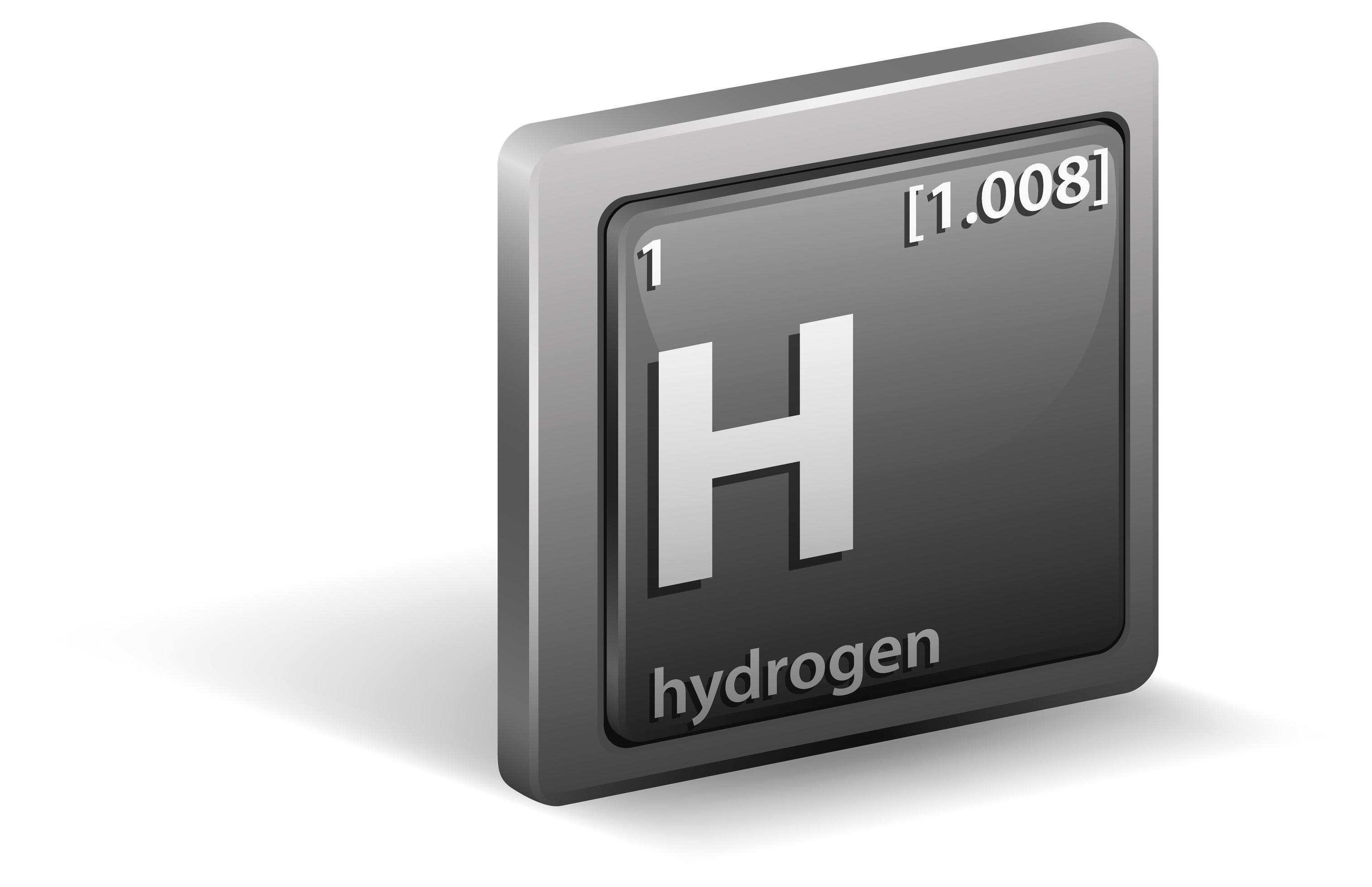

In other words, the greater the volume of hydrogen, the lower the concentration required for an explosion. Consequent studies on the reaction between oxygen and hydrogen have ascertained that large volumes of hydrogen can be explosive even at small concentrations. Hydrogen gas is highly flammable and will burn in air at an extremely wide range of concentrations (between 4% and 75% by volume). Oxyhydrogen is most explosive at a hydrogen:oxygen ratio of 2:1, also known as Brown's Gas, or 2:5 for hydrogen and air. The temperature of the hydrogen-oxygen flame reaches over 2,000 ☌.Īs we know, a mixture of hydrogen and oxygen forms oxyhydrogen - an explosive mixture. The combustion of hydrogen is accompanied by the release of a large amount of heat. The hydrogen continues to burn, and the walls of the flask are covered with drops of water that form as a result of the reaction between hydrogen and oxygen. The stream of burning hydrogen is then directed into a flask containing oxygen. The following is a common demonstration of the reaction between hydrogen and oxygen:Ī stream of pure hydrogen released from a gas tube is ignited in air, and the gas burns with an even, almost unnoticeable flame. When hydrogen is heated, a combination reaction takes place between the element and simple substances such as chlorine, sulfur, and nitrogen. Hydrogen’s reactions with simple substances its crystal structure is molecular and breaks down easily due to weak bonds between the lattice nodes.

#Hydrogen element skin
#Hydrogen element free
If it surrenders its electron, hydrogen is left with a free orbital, which can form chemical bonds according to a donor-acceptor mechanism


 0 kommentar(er)
0 kommentar(er)
